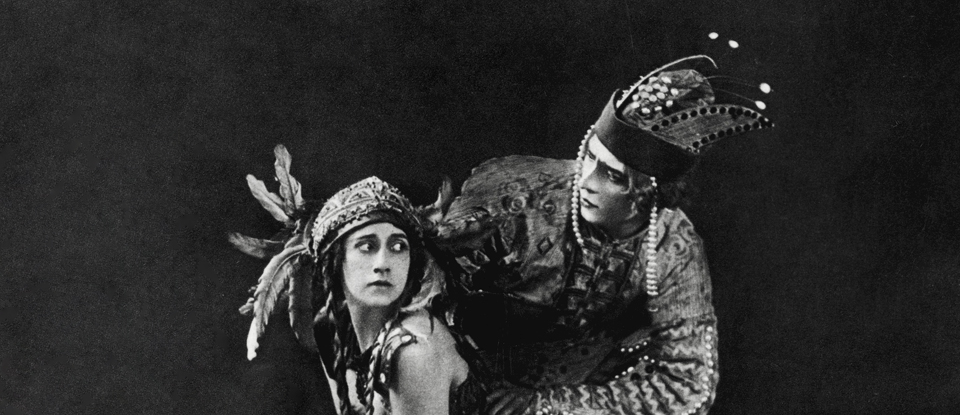Reviewing Hubert Selby Jr.'s Last Exit to Brooklyn is sort of like reviewing the Clash's eponymous first album: both are landmarks in artistic development and have been reviewed to death, and while each is incredibly influential they have been eclipsed by later, more popular works: for example everyone knows Requiem for a Dream (if only through the movie) and London calling. Yet each early work provides a more raw, honest vision from the artists. So i'll try not to talk about Selby's extensive use of New York vernacular, and how edgy Selby is or the gritty realism blah blah blah.
For those who have never heard of him Hubert Selby Jr. wrote in his free time while working various jobs and nursing a pretty strong dedication to opiates. He grew up in New York and wrote in the 60's until his death in in the last decade. Selby is not generally considered a beat writer and considering his subject matter and era provides an interesting counterpoint to the movement. Where the beats were self-centered and hip Selby was observant and square (consider he wrote much of this while staying at home partially invalided and caring for his young daughter...). The beats were often upperclass and well (read: over) educated, Selby was working class and educated in the military. I am coming to think of Selby as Beat writing for grownups.
While the characters of Last Exit to Brooklyn are violent, crass, sexual, hell anything and everything Transgressive Selby's view is uniquely sensitive to his subjects and environment. It becomes apparent early on in the novel that Selby writes about ultraviolent diner rats, marathon drug users and teenage prostitutes not out of a voyeuristic urge or some from a point of superiority but because he has evidently spent long periods of time around these people and wants to display his view to the world. Some characters lean towards two-dimensionality but I think Selby can be forgiven as he is trying to get across the essence of these subcultures and personalities. Selby gives a considerable amount of thoughtful attention to the lives and plights of homosexuals, transvestites and housewives which considering the novel came out in 1964 puts him quite ahead of his time. Straight men are almost universally portrayed as slovenly, violent, drunk and lecherous and one has to wonder if this is stereotype or simply the way things were .
The novel itself is composed of six stories of varying length that sometimes connect through a handful of characters and a shady diner. The events occur over an undefined time span. Some characters we only see once, others reoccur and are fleshed out to a certain degree. The fourth story "Tralala" centers around the life of a girl named Tralala who we witness grow from a crafty abandoned teenager to an alcoholic prostitute hardened by her years on the street moving from drunken lay to dingy flophouse. In spite of the fact we get to spend so much time with Tralala Selby keeps us at a distance from her. Her motives are unfathomable, her feelings unknown. Is she driven solely by survival or is there something deeper to her? Selby presents the story of Tralala not as a warning tale but as a lesson, a background story for all the times one is on the streets and comes across a stumbling, haggard scarred person and wonders how someone can get to such a depraved state. Selby seems to say that it isn't very hard ("could happen to you...") and in certain ways is a natural progression, or even forced by society.
The final story "Coda" is the only section of the work which stands apart and does not include appearances by the familiar characters and could easily function as a unified entity. "Coda" is sort of a shortened version of "Ulysses" which plays out in the cramped rooms, grounds and streets of a poor, crime ridden New York housing project. The story jumps between a number of families: one Italian and always yelling, another black with many children and an absurdly vain and detached father, a widowed woman, and a group of disgusting and rude house wives. We see each group at different points in the day over a period of 24 hours and a few times characters overlap or intersect yet stay worlds apart. There is a group of young children, which function in their nameless neglected state en masse as a single character, which roams the projects reeking destruction and fighting amongst themselves. The reckless violence of the children is contrasted with the childish scab picking and gossiping of the housewives. Selby presents the poverty and crowding of the projects as a force of inversion which turns the children into violent criminals and the housewives into worthless juveniles. The only member of the projects we can find sympathy for is the widow Ada who led a good hard working life yet is stuck in this lonely hellhole by misfortune, death and poverty. She is the target of the worst of the housewives vitriol for the simple reason that the children running past remind her of her loved son and cause her to smile.
While maybe not the most shocking book you will read if you have ever enjoyed a work by Pahlaniuk, Bukowski, one that has made you cringe or unearthed to you the true depravity of humanity you owe it to yourself to read this book. It is our nation's true history told from a neutral first person perspective and shows that transgressive fiction is inherently American as we don't have to make this stuff up, it happens on our streets on a daily basis. Selby's style is fairly subdued transgressive realism but what he writes is truthful, thought-provoking and early transgressive fiction of the highest order.


No comments:
Post a Comment